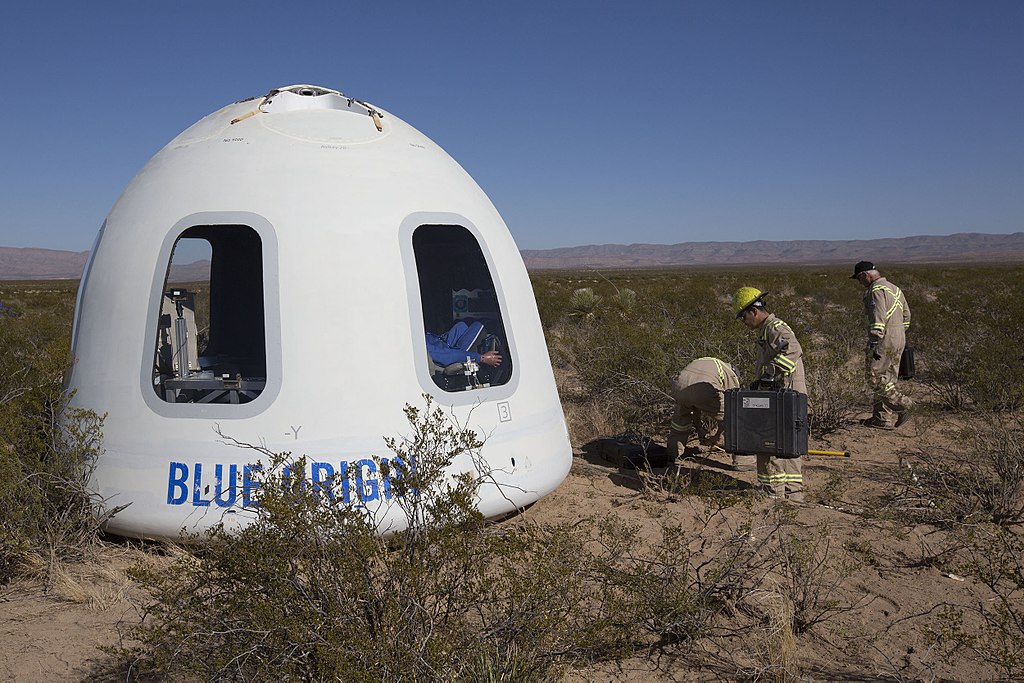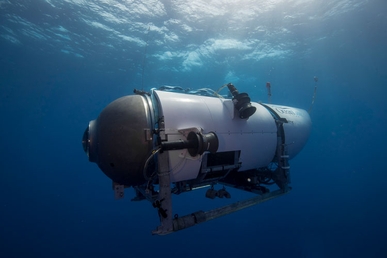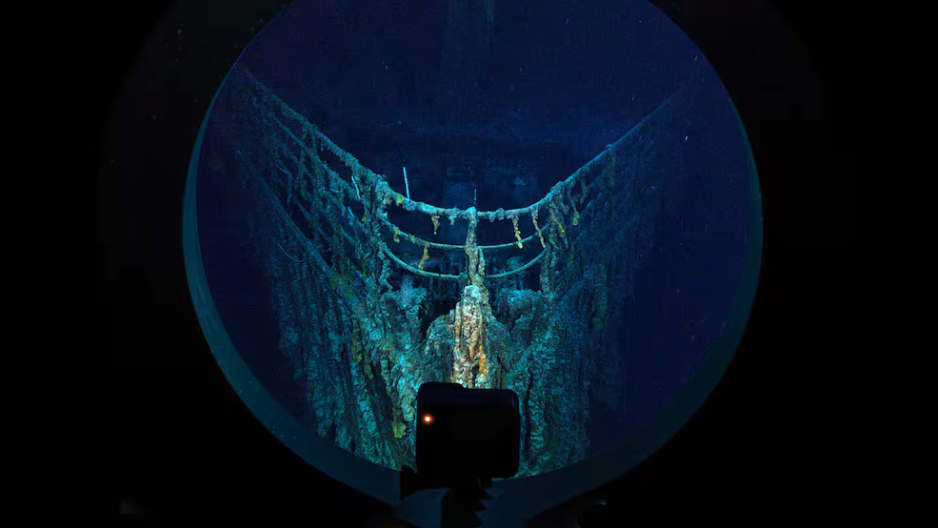Death, Discovery, and the Price of Prestige. The Dark Side of Elite Adventure Travel.
When does adventure tourism stop being an adventure?
The world was captivated by the desperate search for the Titan submersible, which vanished while attempting to take five passengers to the Titanic wreck. The story ended in tragedy when reports confirmed that the vessel suffered a “catastrophic implosion,” killing all aboard—including high-profile adventurers Hamish Harding, Shahzada and Suleman Dawood.
It was a devastating end, eerily echoing the original Titanic disaster. Like the 1912 voyage, this trip carried an air of invincibility, an assumption that extreme wealth could insulate travelers from real danger. Instead, it became a cautionary tale about the limits of human ambition—and the price some are willing to pay for an exclusive adventure.
Extreme Tourism: Where Danger Meets Luxury
Paying $250,000 per seat to visit a maritime graveyard where 1,500 people perished is a grim endeavor. Yet, for some, the allure of extreme travel is irresistible. Stockton Rush, the late CEO of OceanGate, described the experience as hauntingly powerful—the Titanic wreck is strewn with personal effects, relics of lives lost. But did any of the Titan’s passengers truly believe they were in danger?
Previous clients of OceanGate’s deep-sea expeditions returned with glowing reviews, emboldening future adventurers. Sealed inside a 2.8m x 2.5m carbon-fiber submersible with a tiny porthole, passengers might have felt as secure as those on Titanic’s first-class deck in 1912. The illusion shattered in an instant.

This disaster underscores a growing trend: the rise of extreme, ultra-luxury adventure travel. From diving the Mariana Trench to suborbital spaceflights, companies like OceanGate and Blue Origin cater to high-net-worth individuals chasing the ultimate bragging rights. Hamish Harding, a Titan passenger, was also among the first to board Jeff Bezos’ space tourism flights.
These experiences offer more than personal thrills—they are marketed as pioneering, even noble, endeavors. According to the Adventure Travel Trade Association (ATTA), adventure tourists account for just 0.5% of global travelers but contribute 15% of global tourism spending. A single mountaineering expedition or remote sailing trip generates as much revenue for local economies as 96 cruise passengers.
Elite adventure travelers don’t just see themselves as tourists; they see themselves as explorers, conservationists, and citizen scientists—willing to pay a premium for access to the most remote corners of the planet. But where does personal ambition end and recklessness begin?

The Business of Risky Expeditions
OceanGate’s Titanic missions weren’t just sightseeing trips; they were positioned as scientific expeditions, originally accredited by NOAA for oceanographic research.
But when the company started selling seats on its sub, it branded its wealthy passengers as “mission specialists”—despite their main qualification being the ability to pay a quarter of a million dollars for the experience. The irony? The much-publicized 3D scans of the Titanic wreck, which fascinated the world earlier this year, were partially funded by adventure tourists like those aboard Titan.
The blurred lines between adventure tourism and legitimate exploration aren’t new. In Antarctica, private jet charters land on ice runways, ferrying ultra-wealthy travelers to destinations previously accessible only to polar scientists. Many remote expeditions rely on a symbiotic relationship between tourism and research—where adventure travelers fund scientific missions in exchange for access.

From the Age of Discovery to the Age of Extreme Tourism
This phenomenon has deep historical roots. The voyages of Captain James Cook were made possible by an 18th-century adventure traveler: Joseph Banks, a wealthy patron who bankrolled the journey and paid scientists’ salaries. His role wasn’t unlike today’s “citizen scientists” funding high-risk expeditions.
But with adventure travel pushing further into uncharted territories—into space, the deep ocean, and polar extremes—the ethical and practical questions are growing.
The Titan tragedy has reignited the debate: Should adventure tourists be allowed on such dangerous missions? Are they pioneers funding crucial research, or thrill-seekers testing the limits of human endurance?
Whatever the answer, one thing is clear—there’s a fine line between exploration and hubris, and sometimes, the price of pushing boundaries is paid in lives.


Leave a Reply